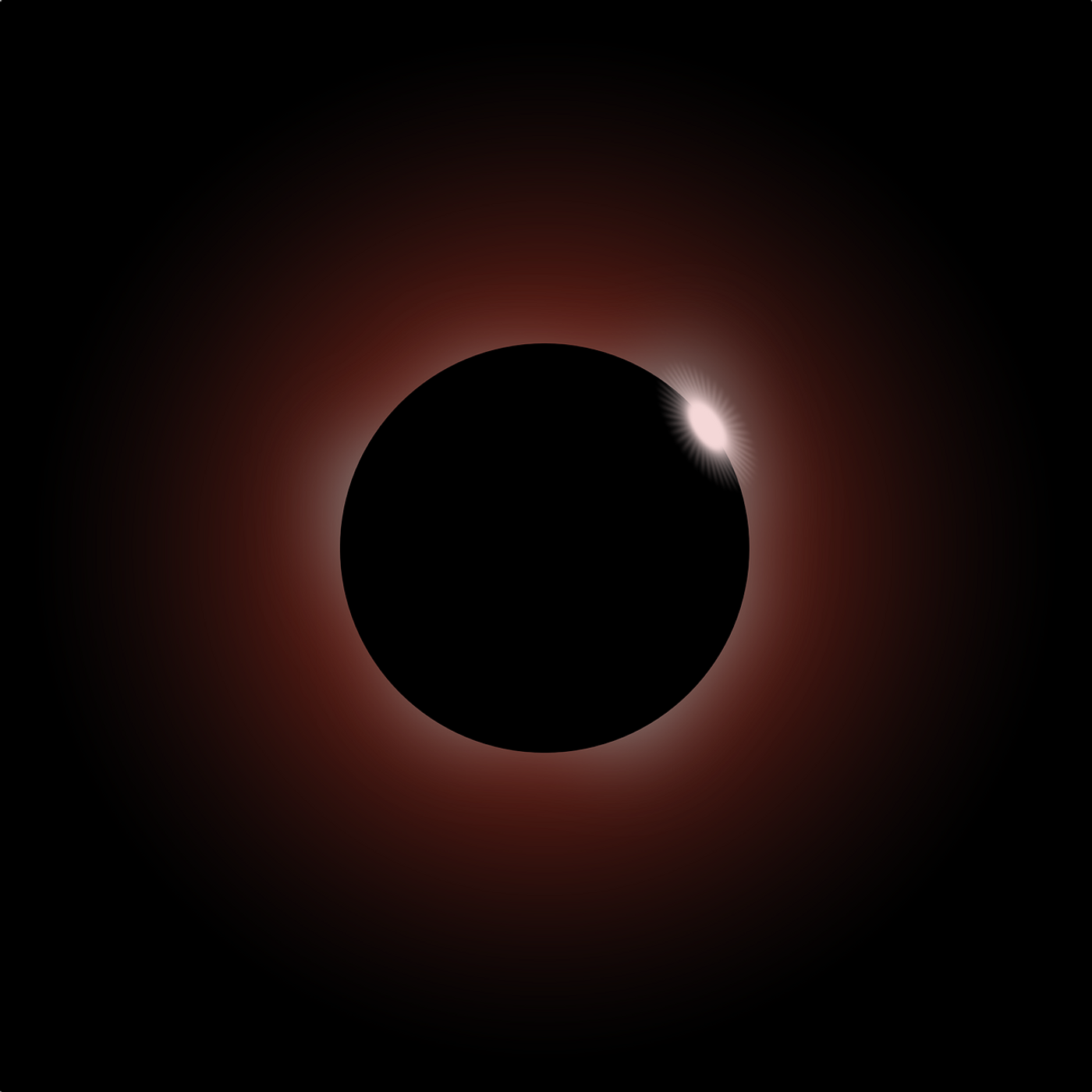The United States Will Soon Experience A Rare Total Solar Eclipse
In just a few more weeks, parts of the United States will be gifted with a rare opportunity to experience a total solar eclipse. This is an event where the Moon moves in between the Earth and the Sun, temporarily casting darkness on the planet during the daytime.
Image Credit: OpenClipart-Vectors/Pixabay
The special date is August 21st, 2017, and because this kind of event doesn’t happen that often, it will be a first-time sighting for millions of people.
NASA says that the total solar eclipse will be visible by 12 million people panning 14 states from Salem, Oregon to Charleston, South Carolina.
Related: Here's what a total solar eclipse looks like from the International Space Station
Not all United States residents will be able to view a total solar eclipse, but neighboring states should still be able to view a partial solar eclipse. This is because of perspective, which changes from location to location relative of the Moon’s positioning to the Earth.
When the Moon is completely covering the Sun, it’s known as totality. This part of the event will only last for just over two minutes, so it’s important to be outside in the right place and at the right time to view this spectacular event.
Related: Not to be confused with a Lunar eclipse
Viewing a total solar eclipse can be dangerous to your vision, so it’s important to take safety steps to protect your eyes. The only time it’s safe to look at the Sun during a total solar eclipse without eye protection is when totality sets in.
During all other times of the event, you will need to wear special solar filters that block out most of the Sun’s harmful eye-damaging rays to watch the Moon pass in front of the Sun. Please note, solar filters are not the same as sunglasses, and you will want a pair with an ISO 12312-2 rating, which is NASA’s latest safety standard.
Assuming you’re fortunate enough to view the event, you will not only experience a darkening in the middle of your day, but you’ll also experience a rapid drop in temperature as the Sun’s heat is interrupted by the Moon.
If you can’t make it to view the solar eclipse, then don’t fret. A similar solar eclipse event is expected to occur again some time in 2024, that will span states ranging from Texas to Maine, giving additional United States residents a chance to see just how special it is.
Will you be watching the total solar eclipse? Let us know in the comments, and don't forget to share this with your friends and family so they can tune in as well.
Source: NASA









